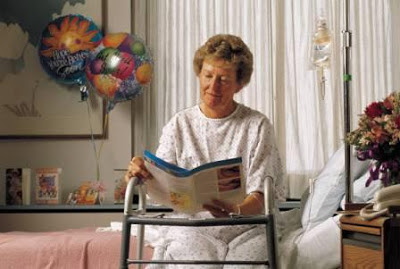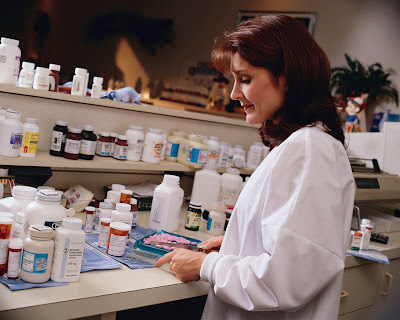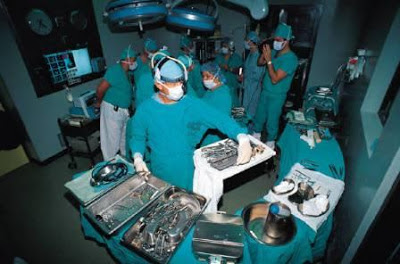The idiopathic pulmonary fibrosis (IPF) therapy market across the US and EU will surpass $1 billion by 2017, and pharma companies could stand to benefit handsomely if they can add to the limited knowledge of the disease, states new analysis. For more information visit: OpportunityAnalyzer: Idiopathic Pulmonary Fibrosis (IPF) - Opportunity Analysis and Forecasts to 2017
The new research, "OpportunityAnalyzer: Idiopathic Pulmonary Fibrosis (IPF) - Opportunity Analysis and Forecasts to 2017", states that over 70,000 people in the US and EU are thought to suffer from IPF, representing a commercially attractive patient population size with a financially appealing orphan drug status. So why has IPF been overlooked by the healthcare industry until the last decade?
Dr. Samantha Fernando, the report analyst covering Immunology, explains: “Future R&D strategies require the identification of critical biomarkers, so that disease progression and treatment response can be tracked – imperative to this is investment in research. The majority of existing knowledge on IPF has been captured by academics, and collaboration between academics and pharmaceutical companies is key to the advancement of this developing market. However, increased regulatory rigidness and extended trial duration is essential for this progressive disease, making drug development difficult. Approved medications also face a challenging economy, as increased emphasis is placed on the cost-effectiveness of drugs, particularly in the EU where various austerity measures are in place.”
The severely underserved market currently only has one licensed pharmacological treatment, InterMune’s Esbriet, an immunosuppressant with dual anti-fibrotic and anti-inflammatory properties licensed for use by the European Medicines Agency in 2011. However, despite being an orphan drug, it is not readily available across the region, due to its exorbitant price (>€22,000) relative to small therapeutic effect.
Analyst of this report expects IPF therapy sales across the US, France, Germany, Italy, Spain, and the UK to rise from $49m in 2012 to over $1.1 billion by 2017, at a Compound Annual Growth Rate (CAGR) of 86.6%. The EU has so far dominated the IPF market, but the US is set to reclaim market share in the future.
The IPF therapeutics market in the US is predicted to grow from a value of $6.5m in 2012 to $696m in 2017, at a Compound Annual Growth Rate (CAGR) of 154%. Dr. Fernando notes: “The anticipated launch of Esbriet and Nintedanib in 2015, to a market that previously had no therapeutic option will cause the US market to experience exponential growth, reaching nearly $500m in 2015 from only $19m in 2014. In contrast, the European IPF market was valued at a far stronger $43m in 2012, but is forecast to grow to $419m in 2017 at a CAGR of 58%.”
Spanning over 136 pages, 32 tables and 13 figures, “OpportunityAnalyzer: Idiopathic Pulmonary Fibrosis (IPF) - Opportunity Analysis and Forecasts to 2017” report develop business strategies by understanding the trends shaping and driving the global IPF therapeutics market.
In addition to covering the Disease Overview, Epidemiology, Current Treatment Options, Unmet Needs Assessment and Oppportunity Analysis, R&D Strategies and Pipeline Assessment, the report also presents pipeline valuation analysis for the Idiopathic Pulmonary Fibrosis (IPF). Browse more Pharma and Healthcare market research reports.








